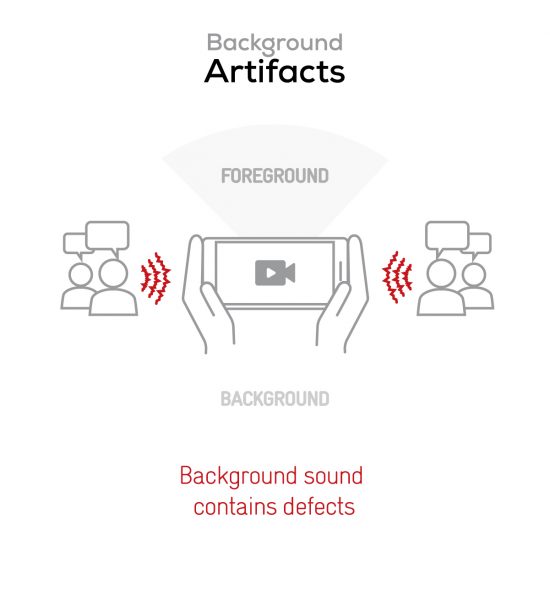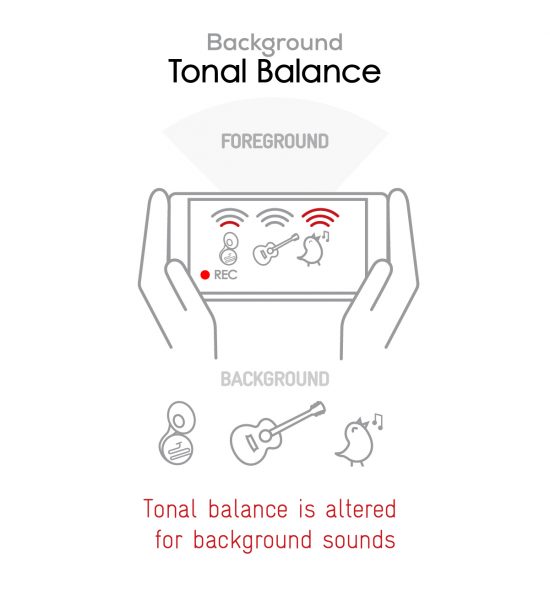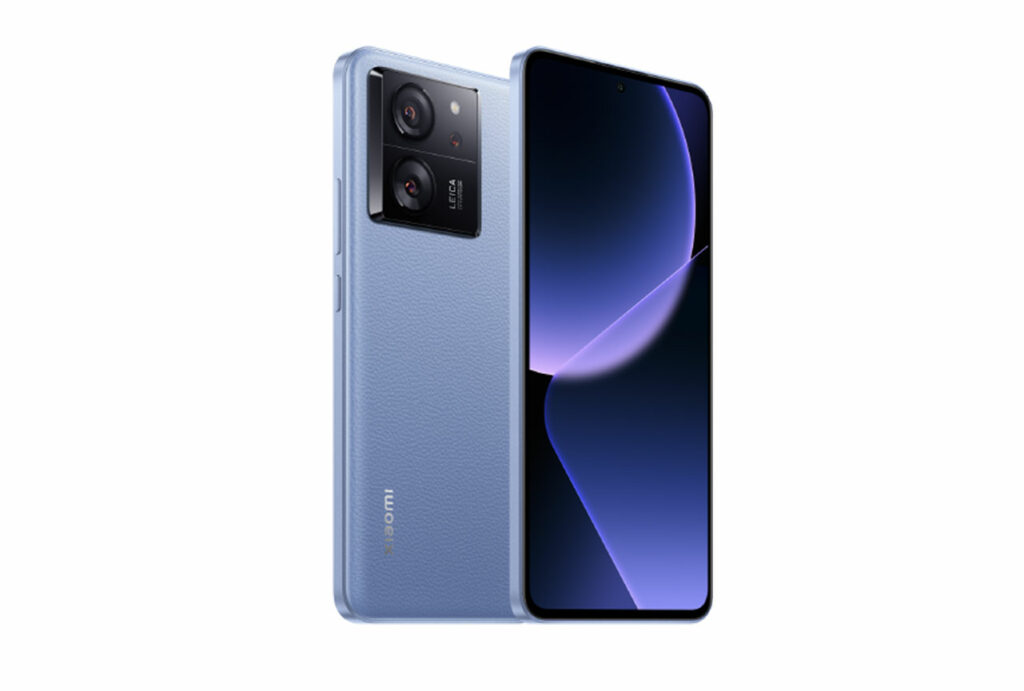We put the Xiaomi 13T through our rigorous DXOMARK Audio test suite to measure its performance both at recording sound using its built-in microphones, and at playing audio back through its speakers.
In this review, we will break down how it fared in a variety of tests and several common use cases.
Overview
Key audio specifications include:
- Two speakers (Top front, bottom side)
- No Jack audio output
- Dolby Atmos technology
Scoring
Sub-scores and attributes included in the calculations of the global score.
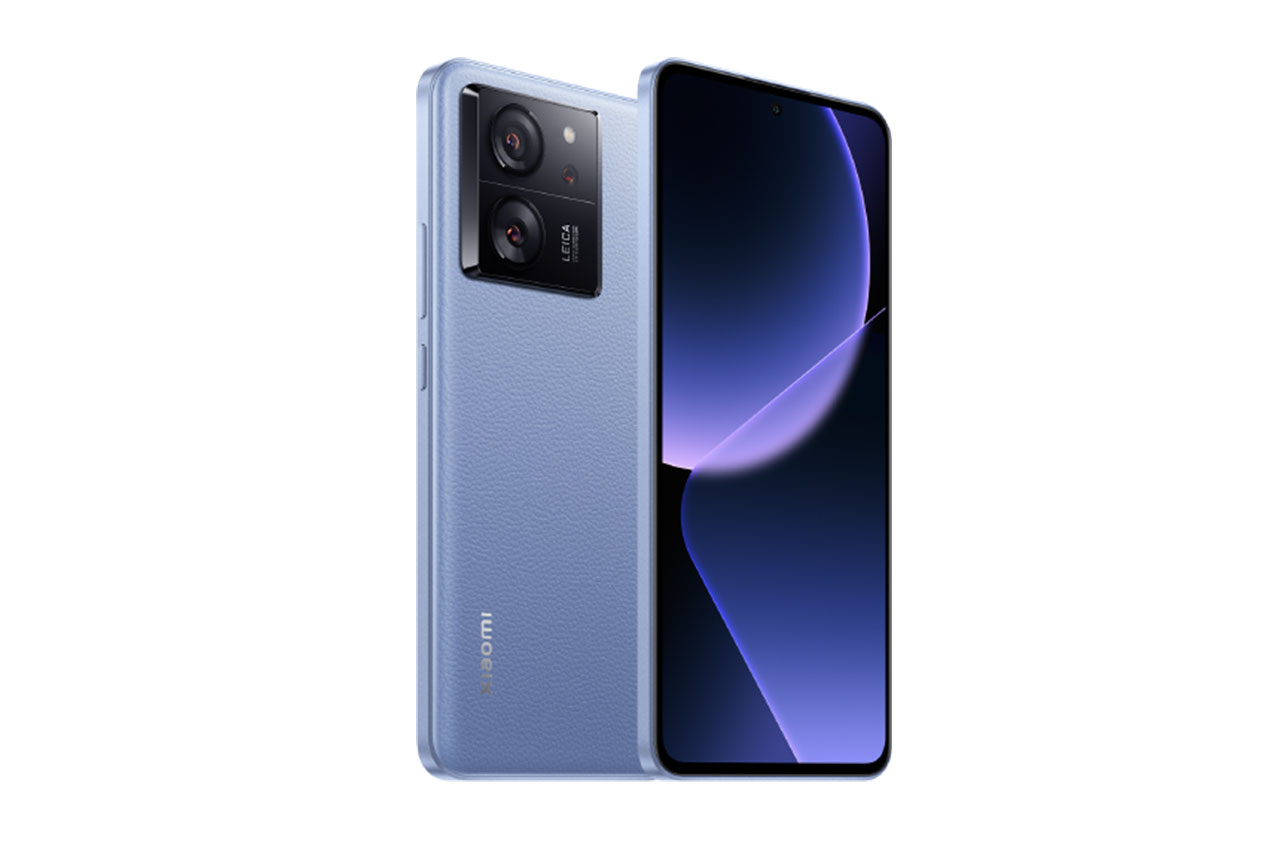
Xiaomi 13T


 76th
76th 18th
18thPlayback
Pros
- Good dynamics performance, even at maximum volume
- Very few artifacts
Recording
Pros
- Great intelligibility, thanks to brightness of the tonal balance
- Good and accurate envelope rendition
- Good spatial performance overall
The Xiaomi 13T delivered an average performance for its class in the DXOMARK Audio tests, and was overall on par with its predecessor Xiaomi 12T. The audio playback experience was mostly decent but unremarkable. The built-in speakers provided a nice dynamics rendition, even at loud volume levels, and unwanted audio artifacts were well under control. Overall, playback results were best when watching movies, and slightly lower for listening to music and playing games.
In recording, the microphones picked up a lot of upper treble harshness, which could be tiring to the ears. Recordings often sounded harsh and too compressed, especially at high volumes. As a recording device, the 13T did best with the memo app and in office use. Scores with the selfie and main cameras were slightly lower.
Test summary
About DXOMARK Audio tests: For scoring and analysis in our smartphone audio reviews, DXOMARK engineers perform a variety of objective tests and undertake more than 20 hours of perceptual evaluation under controlled lab conditions.
(For more details about our Playback protocol, click here; for more details about our Recording protocol, click here.)
The following section gathers key elements of our exhaustive tests and analyses performed in DXOMARK laboratories. Detailed performance evaluations under the form of reports are available upon request. Do not hesitate to contact us.
Playback
Xiaomi 13T
163
DXOMARK engineers test playback through the smartphone speakers, whose performance is evaluated in our labs and in real-life conditions, using default apps and settings.
Playback performance was average overall, with a decent tonal balance. Treble presence was correct, but treble sounded slightly thin and resonant. Midrange lacked warmth, and while bass presence generally made up for the insufficient low midrange, upper bass was slightly blurry, and low-end extension was not deep enough. Dynamics performance was good, with decently sharp attack, correct bass precision, and decent punch. The built-in speakers produced a sound scene with average wideness and the image could appear slightly off-centered in some use cases, for example gaming. As a result, localizability of individual sound sources was not as good as it could have been, with limited accuracy. Distance rendition was not particularly accurate either, with voices often sounding slightly distant. This also had a negative impact on depth rendition, as the distant foreground limited the separation of distinct planes in the virtual sound scene.
Volume step distribution was consistent, even though the first volume step felt slightly loud. On the plus side, this ensured good intelligibility at minimum volume, even with highly dynamic content, for example classical music. Maximum volume was loud enough. In normal use, very few unwanted artifacts were noticeable, such as some light distortion and subtle pumping at maximum volume. Our testers found that the bottom speaker could be easily occluded when gaming, but besides muting the right channel, this was not detrimental to the audio experience.
Listen to the tested smartphone’s playback performance in this comparison with some of its competitors:

Timbre
Xiaomi 13T
158
The Timbre score represents how well a phone reproduces sound across the audible tonal range and takes into account bass, midrange, treble, tonal balance, and volume dependency. It is the most important attribute for playback.

Dynamics
Xiaomi 13T
149
The Dynamics score measures the accuracy of changes in the energy level of sound sources, for example how precisely a bass note is reproduced or the impact sound from drums.
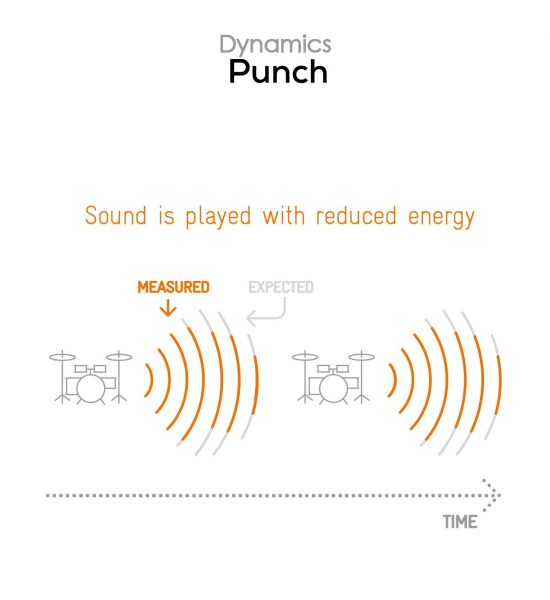
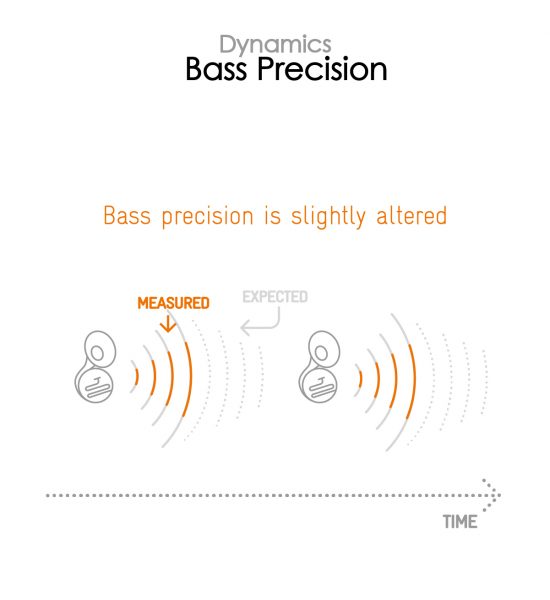

Spatial
Xiaomi 13T
162
The sub-attributes for spatial tests include pinpointing a specific sound's location, its positional balance, distance, and wideness.
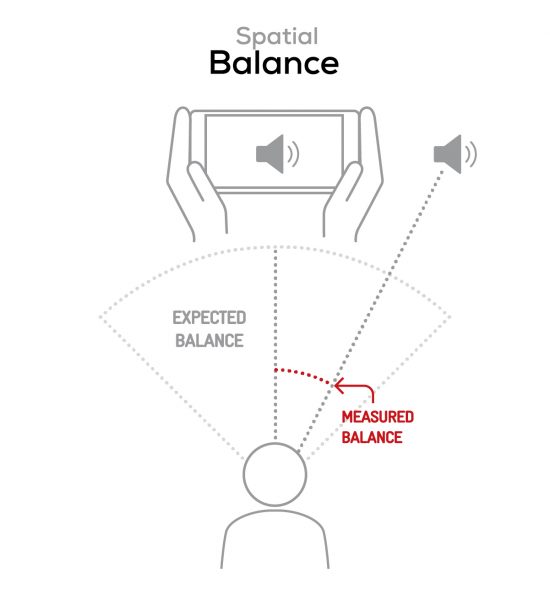
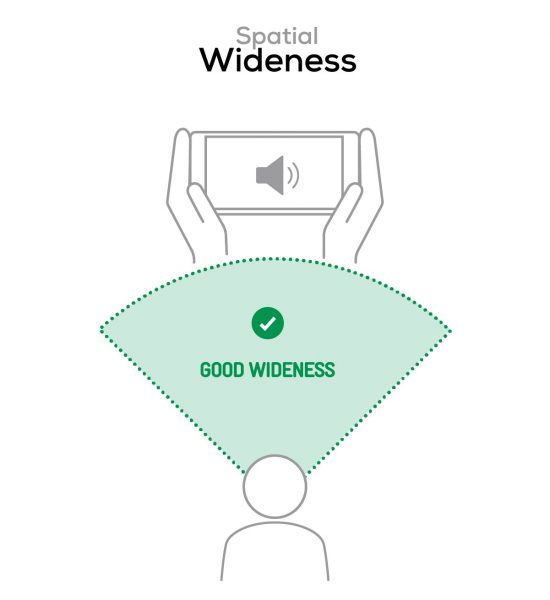

Volume
Xiaomi 13T
162
The Volume score represents the overall loudness of a smartphone and how smoothly volume increases and decreases based on user input.
| Hip-Hop | Classical | |
| Xiaomi 13T | 74.2 dBA | 70.4 dBA |
| Nubia RedMagic 8 Pro | 77 dBA | 76.6 dBA |
| Google Pixel 8 | 74.8 dBA | 70.1 dBA |

Artifacts
Xiaomi 13T
157
The Artifacts score measures the extent to which the sound is affected by various types of distortion. The higher the score, the less the disturbances in the sound are noticeable. Distortion can occur because of sound processing in the device and because of the quality of the speakers.
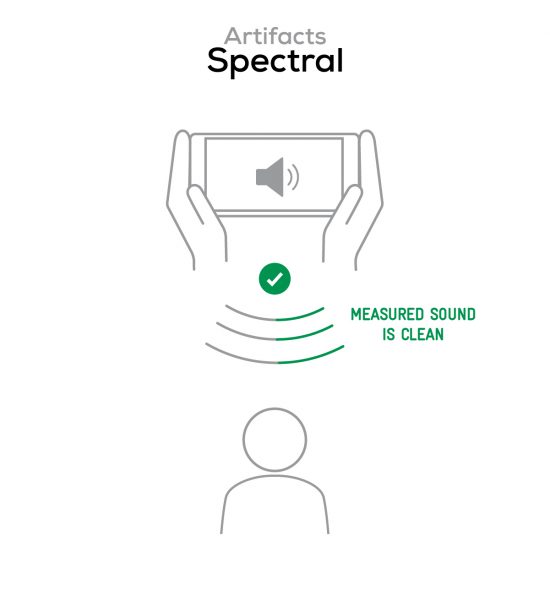
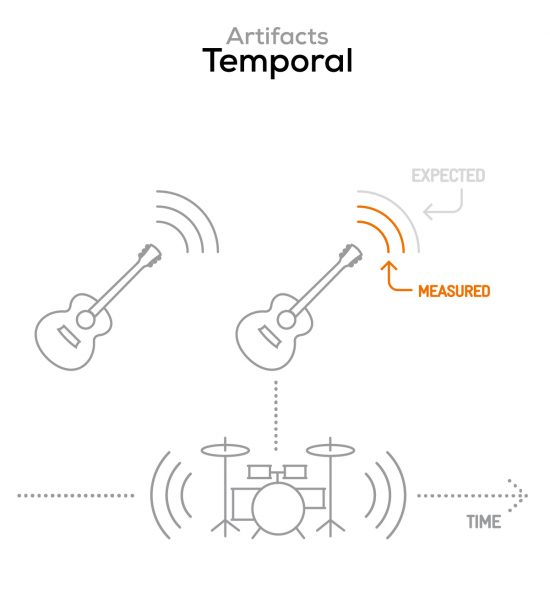
It represents the distortion and noise of the device playing our test signal (0 dB Fs, Sweep Sine in an anechoic box at 40 cm) at the device's maximum volume.
Recording
Xiaomi 13T
160
DXOMARK engineers test recording by evaluating the recorded files on reference audio equipment. Those recordings are done in our labs and in real-life conditions, using default apps and settings.
Recording timbre performance was good overall. Treble rendition was satisfying, despite a slight lack of high-end extension. Midrange sounded pleasant but slightly lacked low midrange compared to the overwhelming treble. This resulted in a tonal balance that was a bit too treble-focused. Dynamic performance was good, with accurate envelope rendition in most use cases, except at high sound pressure levels, for example at concerts, where compression had a negative impact. With hissing background noise in urban use cases, the signal-to-noise ratio was very inconsistent. In quieter environments, some hissing was still noticeable, but signal-to-noise was much better. Intelligibility remained consistent across all use cases.
The microphones captured a wide sound scene when using the memo app, but wideness was slightly reduced with the selfie and main camera apps. Despite some occasional blurriness, localizability was very good across use cases, and distance rendition was realistic. While recording loudness was slightly above average, objective measurements showed issues when recording at high sound pressure levels, for example at loud events. The artifacts performance could have been better, with noticeable hissing in treble in all apps, except the memo app. Our testers also observed some pumping on louder content, as well as heavy distortion. Background tonal balance was aggressive, mainly due to the hissing upper treble. This resulted in a pretty intrusive background, especially when recording in urban environments.
Here is how the Xiaomi 13T performs in recording use cases compared to its competitors:

Timbre
Xiaomi 13T
147
The Timbre score represents how well a phone captures sounds across the audible tonal range and takes into account bass, midrange, treble, and tonal balance. It is the most important attribute for recording.

Dynamics
Xiaomi 13T
146
The Dynamics score measures the accuracy of changes in the energy level of sound sources, for example how precisely a voice's plosives (the p's, t's and k's, for example) are reproduced. The score also considers the Signal-to-Noise Ratio (SNR), for example how loud the main voice is compared to the background noise.
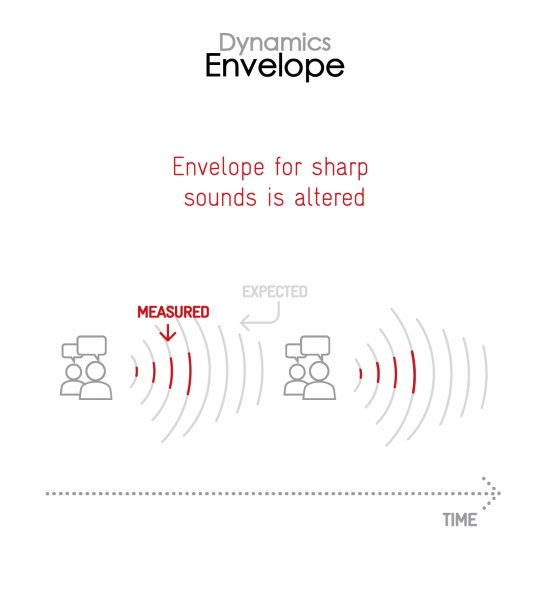
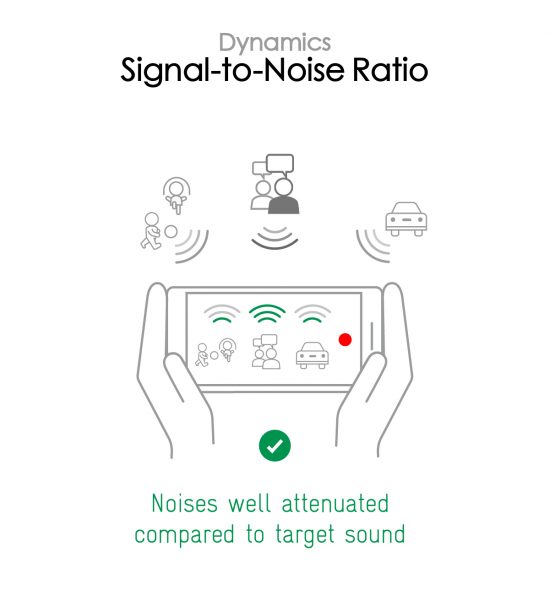

Spatial
Xiaomi 13T
159
The sub-attributes for spatial tests include pinpointing a specific sound's location, its positional balance, distance, and wideness on the recorded audio files.
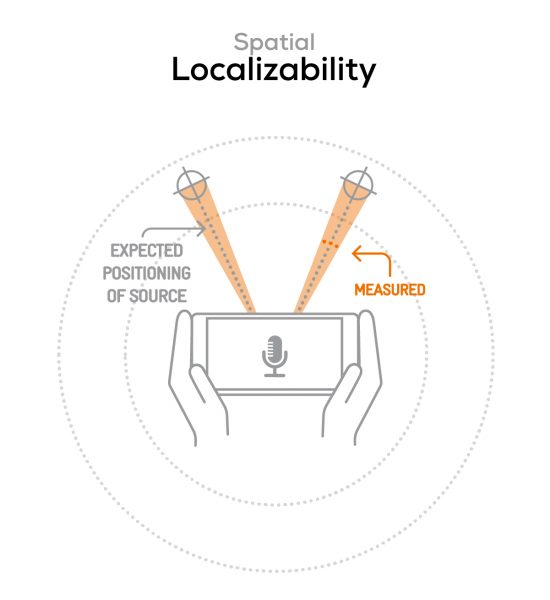
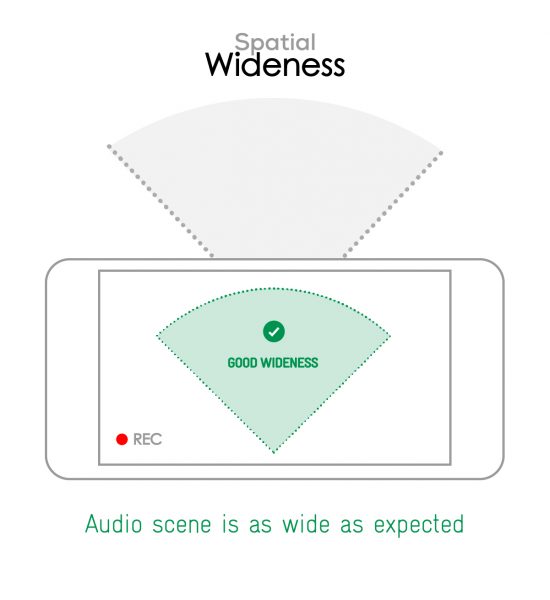

Volume
Xiaomi 13T
170
The Volume score represents how loud audio is normalized on the recorded files and the how the device handles loud environments, such as electronic concerts, when recording.
| Meeting | Life Video | Selfie Video | Memo | |
| Xiaomi 13T | -28.7 LUFS | -20.9 LUFS | -19.3 LUFS | -22.8 LUFS |
| Nubia RedMagic 8 Pro | -33.5 LUFS | -24.4 LUFS | -19.2 LUFS | -28.4 LUFS |
| Google Pixel 8 | -26.1 LUFS | -20.8 LUFS | -18.9 LUFS | -19.9 LUFS |

Artifacts
Xiaomi 13T
145
The Artifacts score measures the extent to which the recorded sounds are affected by various types of distortions. The higher the score, the less the disturbances in the sound are noticeable. Distortions can occur because of sound processing in the device and the quality of the microphones, as well as user handling, such as how the phone is held.
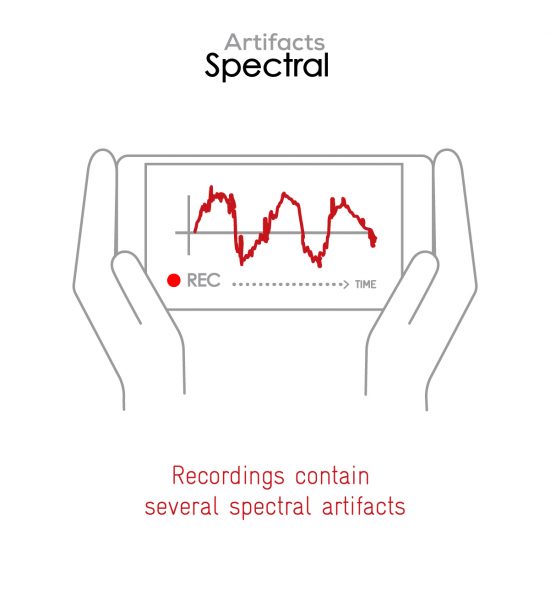
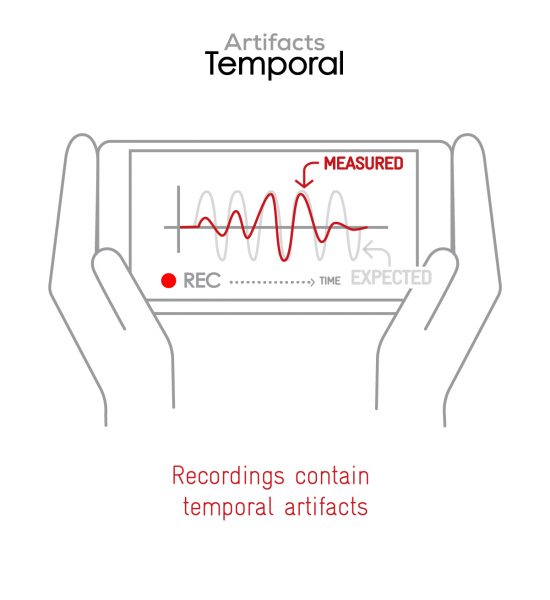
In this audio comparison, you can listen to the way this smartphone handles wind noise relative to its competitors:

Background
Xiaomi 13T
166
Background evaluates how natural the various sounds around a voice blend into the video recording file. For example, when recording a speech at an event, the background should not interfere with the main voice, yet it should provide some context of the surroundings.
